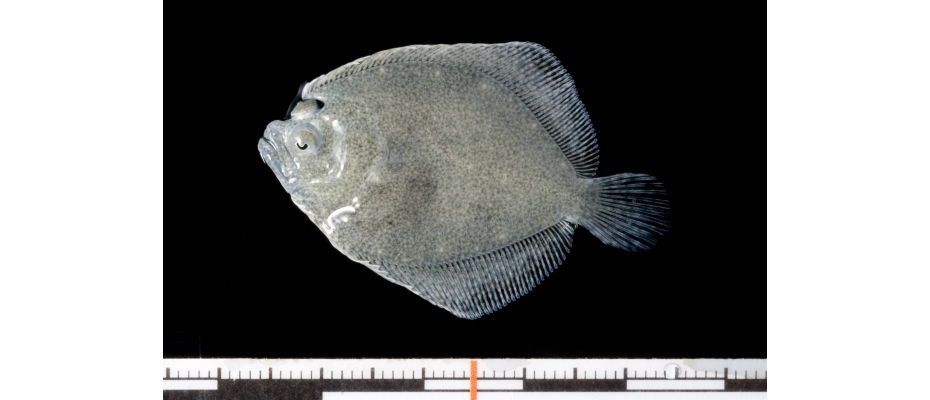
The turbot (Scophthalmus maximus), sequenced for the first time in Spain, has a much more refined visual system than other fish as it has evolved to adapt to the shortage of light of the seabed. In addition, the fat in the cell membranes is also double that of other species to withstand the low temperatures of the waters where they live.
The complete sequencing of the genome of this fish, conducted by scientists at the CNAG, the CRG, the CSIC, the University of Santiago de Compostela (USC) has now brought to light this and other findings. The work opens new doors to research, not only the turbot’s resistance to various diseases, but also into how other fish respond to these pathologies. The study, published in the journal DNA Research, could eventually be used to design genetic selection programs or possible vaccines.
The role of the CNAG
The CNAG contributed to the project by designing and carrying out a whole-genome shotgun sequencing strategy. The team led by Tyler Alioto assembled the raw sequence data (more than 150 Gigabases) into a draft genome sequence of 544 million base pairs. They then looked for genes in the turbot genome and were able to annotate a total of 22,751 protein-coding genes.
Work of reference:
Whole Genome Sequencing of Turbot (Scophthalmus maximus; Pleuronectiformes): A Fish Adapted to Demersal Life.
More information:
VIDEO
Photograph: Specimens from the project by the CSIC.











